Jimei Tourist Area
1.Sea Turtle Garden(Aoyuan)
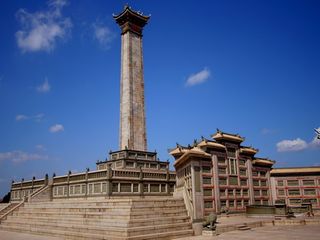
A Grave Undertaking Mr.Tan's tomb is a big draw for crowds of admirers dying to learn more about this great man. Like many tombs,Tan's tomb is covered with 13 pieces of green granite. It is shaped like a turtle, which symbolizes longevity and immortality; it is also said that Tan admired the turtle's earnestness and down-to-earth spirit. A small wall around the tomb has 15 carvings depicting various scenes in Ten's life.
The 976m2 garden's centerpiece is the 28-meter high Jimei Liberation Memorial Table, which has an inscription by Chairman Mao on the front and on the back a calligraphic work that the 78-year-old Mr. Tan 3 spent 3 months writing during the summer of 1952. The memorial's first level is 8-steps representing the 8-year anti-Japanese War. The upper level has 3 steps, for the 3-year Liberation War (1946-1949).
Cool Friezes Turtle Park has a delightful display of Hui'an style stone carvings along both sides of the entrance hall. These 58 friezes depict in stunning detail 58 historical scenes and personages from ancient and modern China.
Note the art that looks like photographs on stone. Developed in the 1980s by Hui'an artisans, this unique technique uses a heavy bronze stylus with a very sharp point to make photographic quality likenesses, depending upon the size, depth and density of the tiny dots.
Tel: 6064884, 6101713
2. Returnees Hall (Guilai Tang)
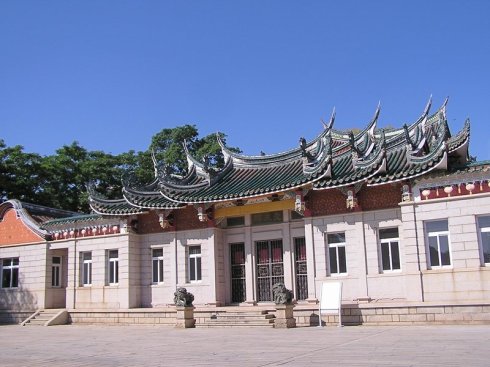
The Returnees Hall, Tan Kah Kee's former home, is near the Jimei Middle School on Jiageng Rd. The house is said to be typical South Fujian construction, with white walls and a green tile roof.
Mr.Tan lived here from 1919 to 1922 as he established Xiamen University and expanded Jimei School. Japanese bombers destroyed the house in 1938, but when Beijing offered to rebuilt it after Liberation, Tan insisted that the school buildings be repaired first. His home was rebuilt in 1955 and he lived here from 1958 until he moved to Beijing in 1960. A busy many right up until his death, he served as a Deputy to the Central Government, Chairman of the All-China Federation of Overseas Returnees, and member of the People's Congress Standing Committee.
In 1980, the home was restored to its original design, and in 1983 it was designated the Returnees Garden to commemorate the 70th anniversary of the founding of Jimei Primary School. (The inner structure of the house is said to be shaped like the Chinese character Hui, meaning "return"). Memorabilia include rare photos, the battered suitcases, shoes and umbrella that Tan used for decades. The ground floor is now a meeting place for the Jimei School Committee; and the second floor has Mr. Tan's personal effects, as well as his drawing-room, workroom, bedroom, dining room and library. The Tan Kah Kee Exhibition Hall (Chen Jiageng Shengping Chenlieguan ) beside the residence has more exhibits about this amazing philanthropist.
3. Dragon Boat (Longzhou)
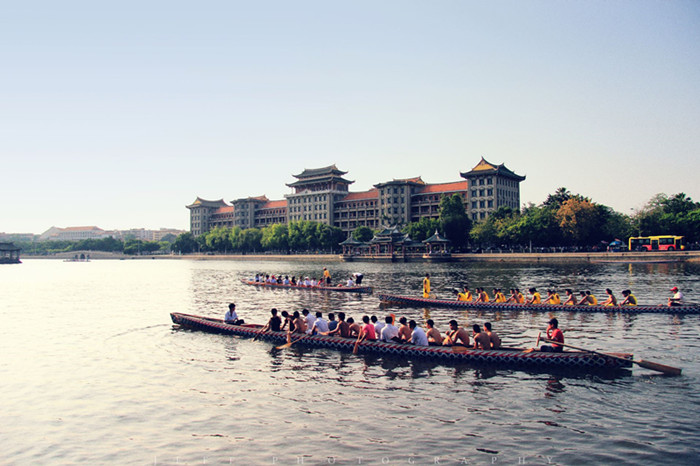
Races are Jimei's real drawing card. Held every fifth day of the fifth lunar month, these races have been held for at least a couple thousand years, and teams from all over the world compete in Jimei's exciting event. For more, turn to the section on "Chinese Festivals."
Mr.Tan made the 300x800m Dragon Boat Pond in 1952, and also constructed 10 dragon boats, each capable of holing 16 rowers. Jimei has been famous for dragon boat races ever since. The pond is surrounded by seven Chinese pavilions of different styles, called the "Seven Stars Fall to Earth" (qixingzhuidi).
Mr.Tan designed the two pavilions in the center of the lake; they are named "Lonely Star Accompanies the Moon"(Guxing Shenyue).
4. Yanping (Delayed Peace)Old Fortress (Yanping Gulei)
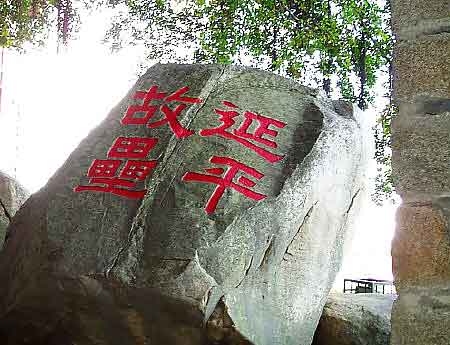
A stone gate is all that remains of Koxinga's Yanping Fortress, which he built during the 17th century to train his troops for battle against the Qing Dynasty. The Japanese destroyed the dorm during the war, and Mr.Tan rebuilt it as a 4-storey red brick structure with green Chinese tiled roof.
Note the unusual 15-storey Nanxuan building. When the pragmatic Mr.Tan designed and constructed this building in 1956, he installed a huge clock and a lighthouse on the tower so fishermen could find their way home during inclement weather.
5. Jixing Causeway (Jixing Haidi)
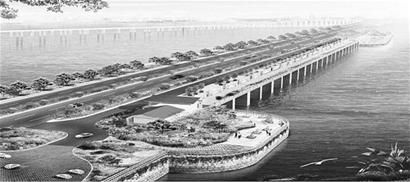
This 19-meter wide, 2.2km 1, 500, 000m3 granite embankment's road and rail ended Jimei's isolation, and in the 1990s Xiamen. Until the mid 50s, Xiamen was accessible from the mainland only by ferry, junks or small sampans, and it was often a dangerous crossing.
6. Xiamen Bridge
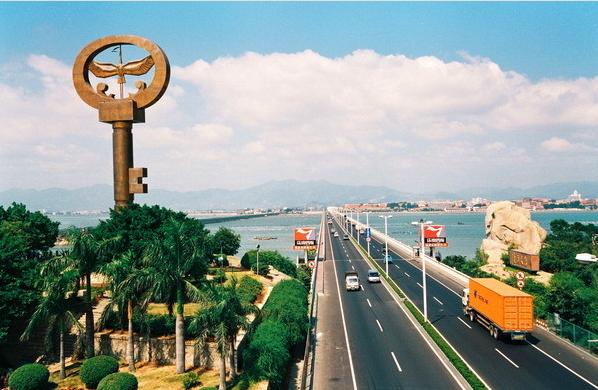
President Jiang Zemin himself cut the ribbon for Xiamen Bridge's opening on December 19, 1991. He inscribed the calligraphy for the bridge (and for the Haicang suspension bridge as well).China's first sea-spanning bridge, the 4-lanes stretch 6, 599 meters. The bridge cost about RMB 1.5 billion.The bridge can supposedly withstand earthquakes of 8 on the Richter scale and typhoons of force 12 on the Beaufort scale. The Bridge received China's most prestigious engineering and construction award, the Luban Award, in 1995.
7.Wanbao Mountain Orchard(Wanbaoshan Guanguang Guoyuan )
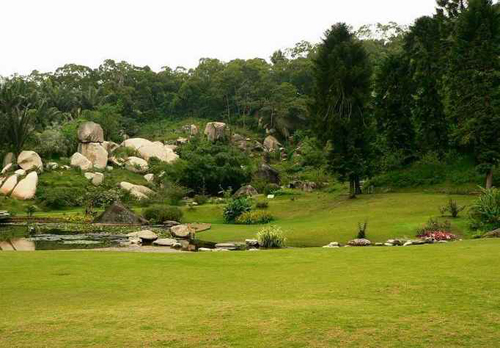
From Jimei take the 324 Highway to the Kengnei crossroads. Beautiful scenery, fishing, and fresh fruit are year-round. Facilities include 4 suites and 8 standard rooms, meeting room, dining room, tea room.

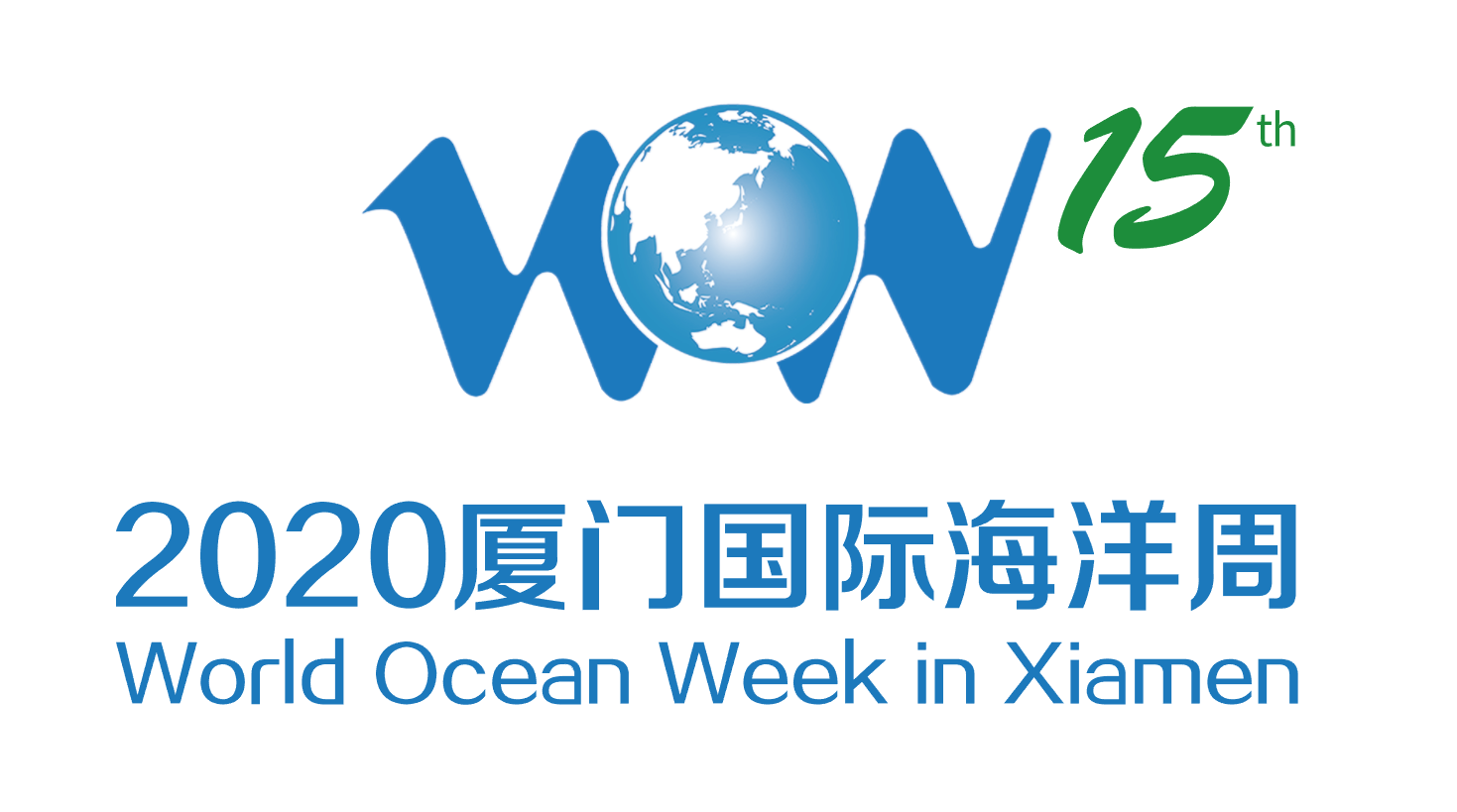

 闽公网安备 35020302000788号
闽公网安备 35020302000788号